Dehydration of 1-butanol gives 2-butane as a major product, by which of the following intermediate the compound 2-butene obtained.

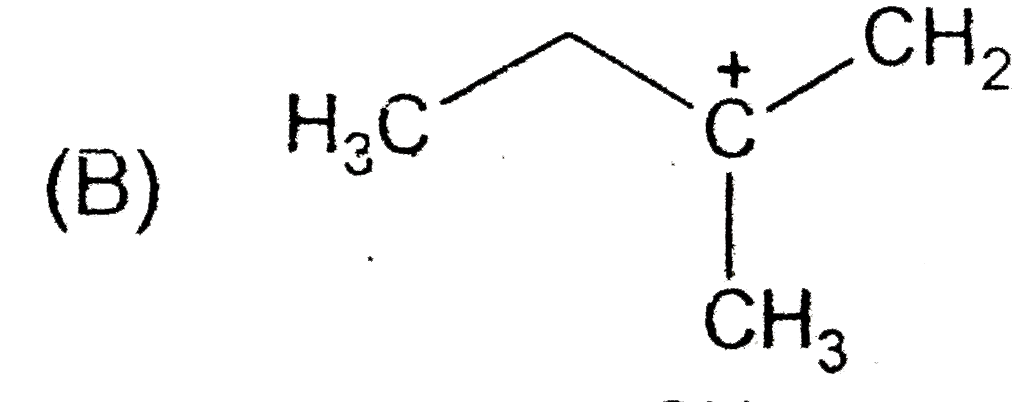

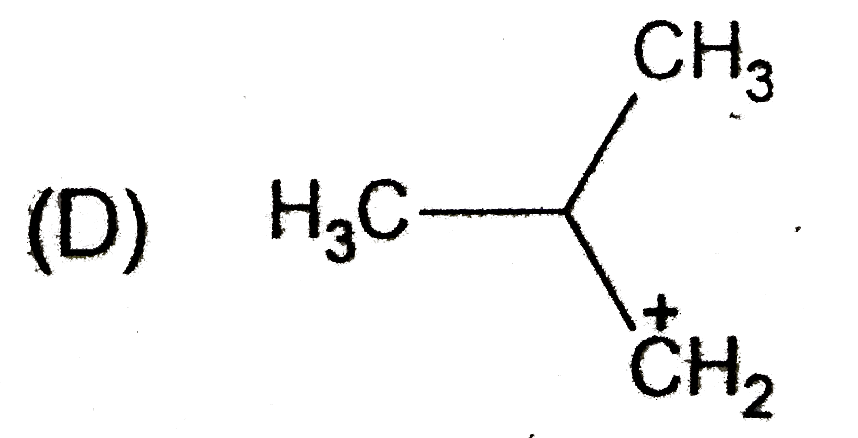
The correct Answer is:C
To solve the question regarding the dehydration of 1-butanol to form 2-butene and identify the intermediate involved, we can follow these steps:
1. Identify the Structure of 1-Butanol:
The molecular structure of 1-butanol (butan-1-ol) is:
CH3−CH2−CH2−CH2OH
Here, the hydroxyl (-OH) group is attached to the first carbon.
Hint: Remember that 1-butanol has a four-carbon chain with the -OH group on the first carbon.
2. Dehydration Reaction:
The dehydration of 1-butanol involves the removal of a water molecule (H2O). This reaction is typically facilitated by a dehydrating agent, such as concentrated sulfuric acid (H2SO4), which generates protons (H+).
Hint: Concentrated sulfuric acid acts as a catalyst and helps in protonating the alcohol group.
3. Formation of Oxonium Ion:
The alcohol group (-OH) is protonated to form an oxonium ion:
CH3−CH2−CH2−CH2OH+2
This oxonium ion is unstable and leads to the elimination of water.
Hint: The oxonium ion is formed when the -OH group is protonated, making it a better leaving group.
4. Formation of Carbocation:
Upon the elimination of water, a carbocation is formed. In this case, the initial carbocation formed is a primary carbocation:
CH3−CH2−CH2−CH+2
Hint: Primary carbocations are less stable and may undergo rearrangement to form more stable carbocations.
5. Carbocation Rearrangement:
The primary carbocation undergoes a 1,2-hydride shift to form a more stable secondary carbocation:
CH3−CH+−CH2−CH3
Here, the positive charge has shifted to the second carbon, creating a secondary carbocation.
Hint: Carbocation rearrangement occurs to achieve greater stability; secondary carbocations are more stable than primary ones.
6. Formation of 2-Butene:
The secondary carbocation can lose a proton (H+) to form 2-butene. According to Zaitsev's rule, the more substituted alkene is favored:
CH3−CH=CH−CH3
Hint: Zaitsev's rule states that the more substituted alkene is the major product in elimination reactions.
7. Identify the Intermediate:
The intermediate that leads to the formation of 2-butene is the secondary carbocation formed after the rearrangement.
Final Answer: The intermediate involved in the dehydration of 1-butanol to form 2-butene is the secondary carbocation.
The molecular structure of 1-butanol (butan-1-ol) is:
CH3−CH2−CH2−CH2OH
Here, the hydroxyl (-OH) group is attached to the first carbon.
The dehydration of 1-butanol involves the removal of a water molecule (H2O). This reaction is typically facilitated by a dehydrating agent, such as concentrated sulfuric acid (H2SO4), which generates protons (H+).
The alcohol group (-OH) is protonated to form an oxonium ion:
CH3−CH2−CH2−CH2OH+2
This oxonium ion is unstable and leads to the elimination of water.
Upon the elimination of water, a carbocation is formed. In this case, the initial carbocation formed is a primary carbocation:
CH3−CH2−CH2−CH+2
The primary carbocation undergoes a 1,2-hydride shift to form a more stable secondary carbocation:
CH3−CH+−CH2−CH3
Here, the positive charge has shifted to the second carbon, creating a secondary carbocation.
The secondary carbocation can lose a proton (H+) to form 2-butene. According to Zaitsev's rule, the more substituted alkene is favored:
CH3−CH=CH−CH3
The intermediate that leads to the formation of 2-butene is the secondary carbocation formed after the rearrangement.
Similar Questions
Which of the following on treating with zinc gives 2–butene?
View SolutionThe major product obtained from the following reaction is :
 View Solution
View SolutionThe major product obtained in the following reaction is :
 View Solution
View SolutionThe major product obtained in the following reaction is :
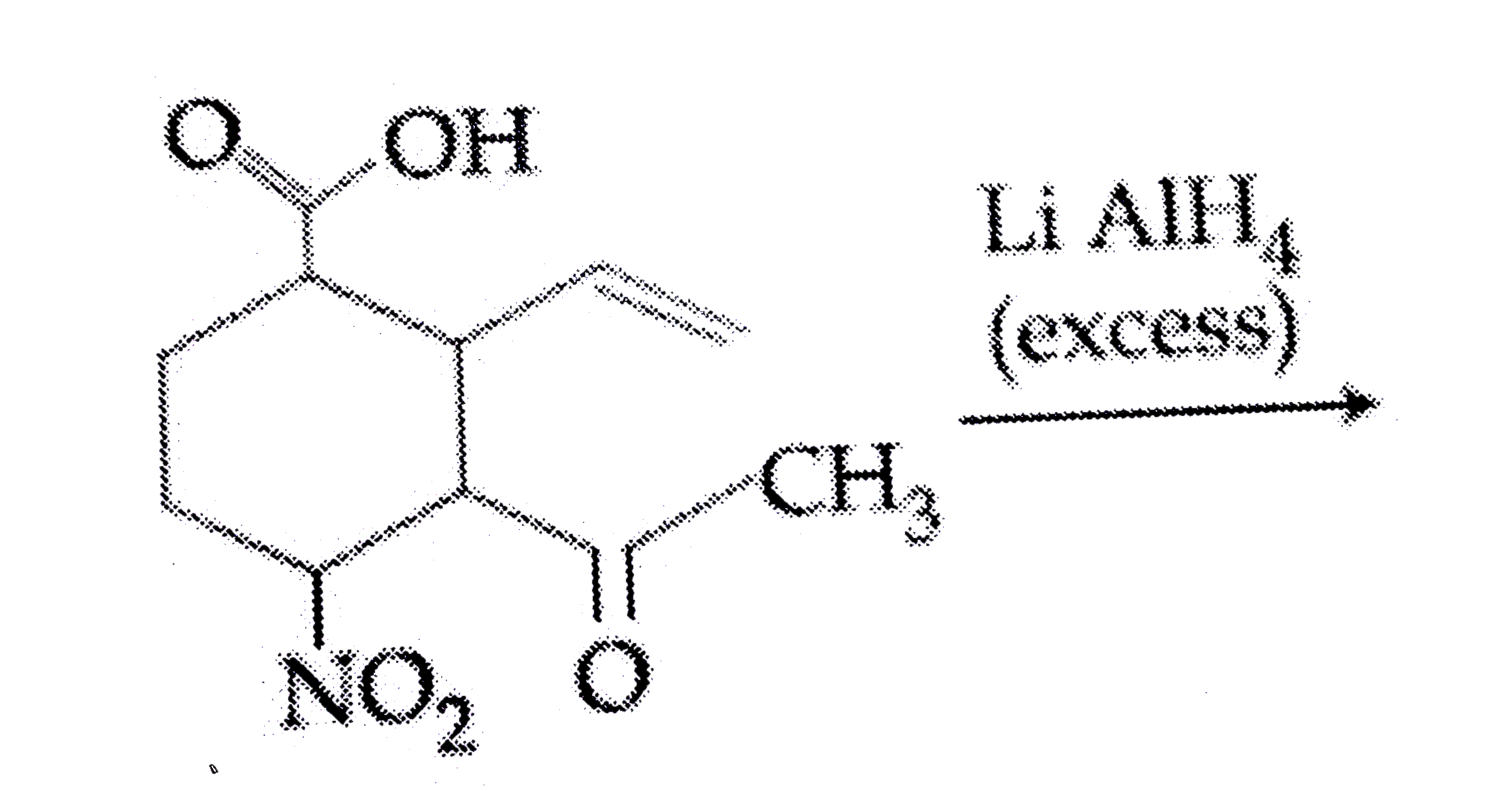 View Solution
View SolutionThe major product obtained in the following reaction is
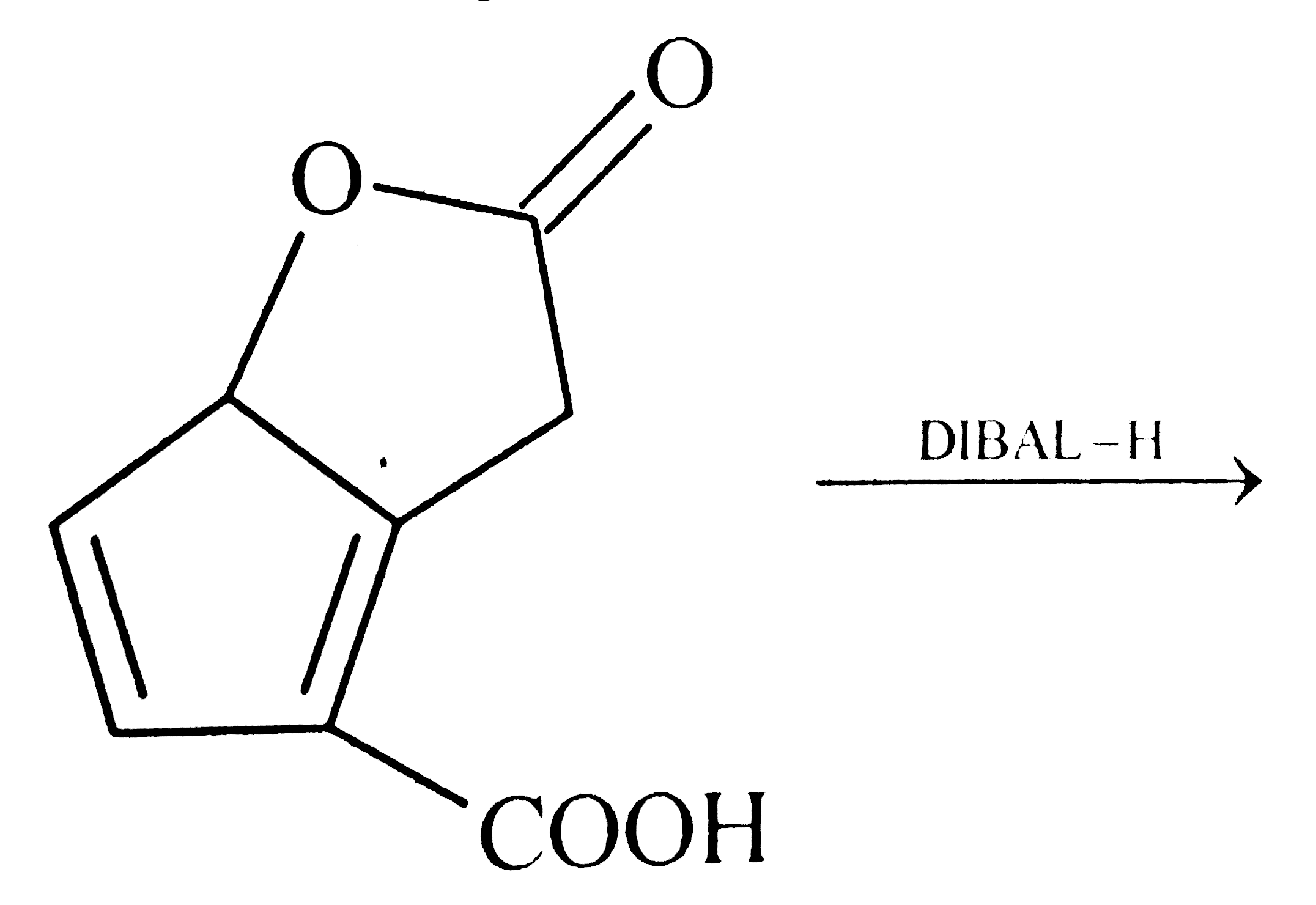 View Solution
View SolutionThe major product obtained in the following reaction is :
 View Solution
View SolutionThe major product obtained in the following reaction is :
 View Solution
View SolutionThe major product obtained in the following reaction is :
 View Solution
View SolutionThe major product obtained in the following reaction is
 View Solution
View SolutionThe major product obtained in the following reaction is
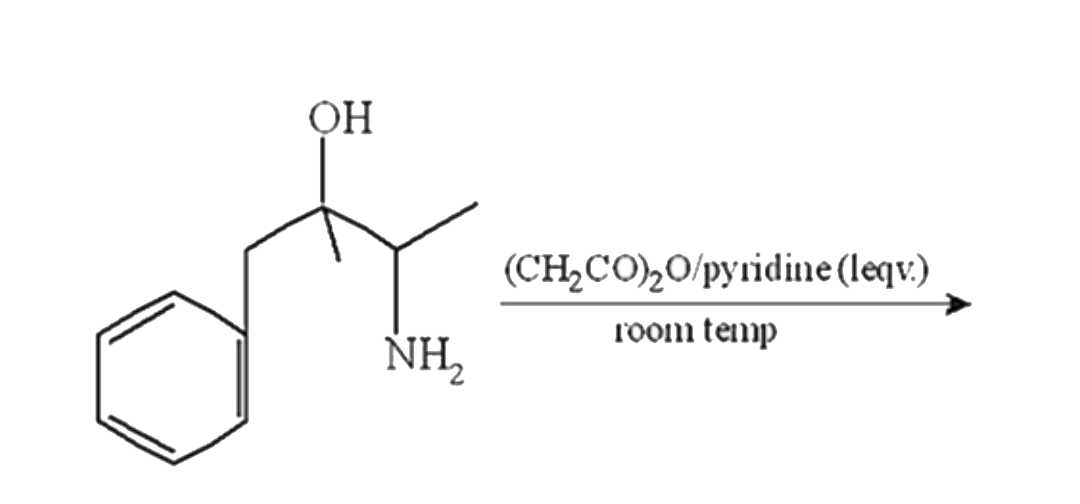 View Solution
View Solution

